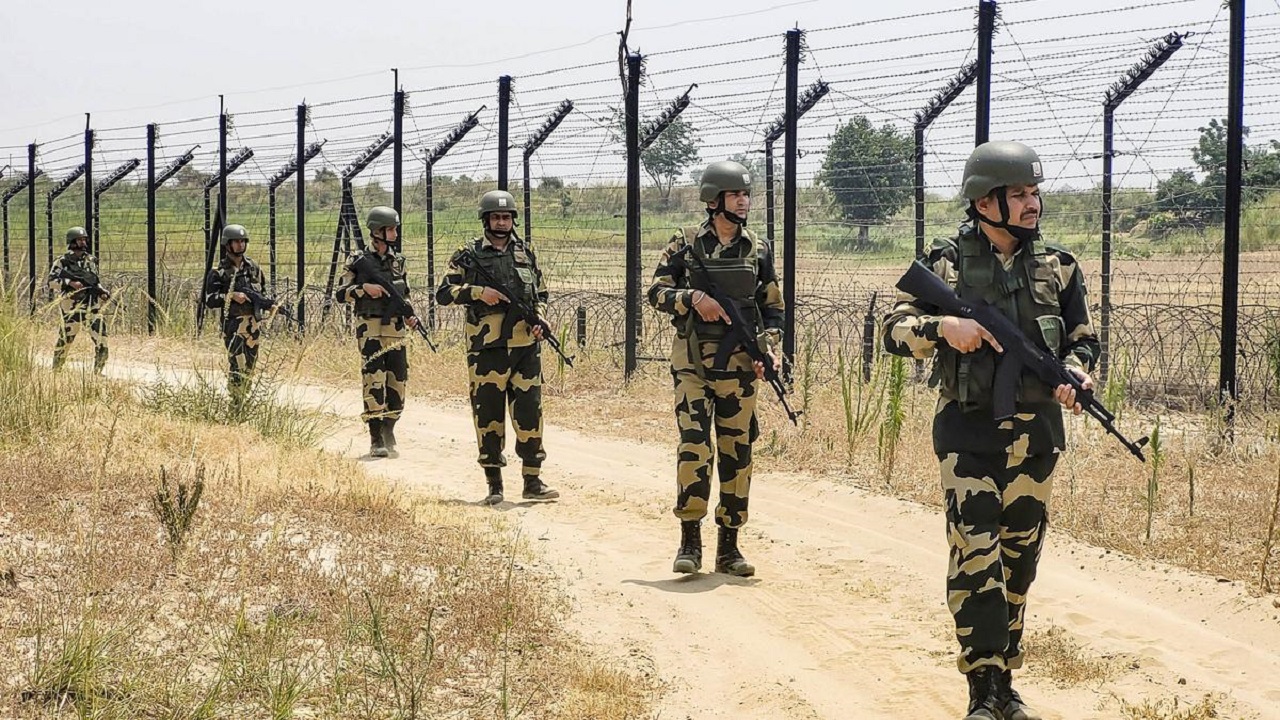Alaska Summit 2025 : A turning point without gains for India
Context
The Alaska Summit between U.S. President Donald Trump and Russian President Vladimir Putin on August 15, 2025, was widely hailed as a potential breakthrough in the Russia–Ukraine conflict.
For India, however, the summit produced limited benefits. It highlighted India’s vulnerability of having much at stake in U.S.–Russia talks but little direct agency in influencing outcomes.
Introduction
The Alaska episode underscored the challenges in India–U.S. relations under Trump and offered important lessons for New Delhi’s foreign policy.
While expectations were high that a thaw between Washington and Moscow could reduce pressure on India, the summit instead reinforced sanctions and exposed contradictions in Trump’s approach.
Outcome of the Summit
-
India hoped for relief from U.S. secondary sanctions on Russian oil imports.
-
It expected resumption of stalled trade talks and rollback of steep reciprocal tariffs.
-
None of these expectations materialised. Washington maintained its hard line, with senior officials framing sanctions as a strategy against both Russian imports and India’s market curbs.
-
Trump’s claim of mediating the India–Pakistan ceasefire during Operation Sindoor clashed with New Delhi’s narrative, worsening tensions.
The Logic Behind U.S. Sanctions
-
The sanctions reflect power politics and leverage over India rather than weakening Russia.
-
The U.S. expanded its own trade with Moscow even after Trump’s return.
-
China’s oil imports from Russia remain far higher than India’s, yet Washington targeted India more aggressively.
-
Trump’s fixation on being seen as a global peacemaker shaped his approach more than consistent policy.
-
Reports of Modi refusing to endorse Trump’s claims or negotiate with Pakistan under U.S. auspices deepened bilateral strains.
Lessons for India
Do Not Overinvest in Summitry
-
The Alaska summit shows the dangers of prioritising diplomatic showmanship over substance.
-
Personal rapport with leaders, as seen with Trump and Xi Jinping, has not prevented crises such as the Galwan clashes or current U.S. tensions.
-
India must focus on institutional mechanisms and concrete agreements.
Rebuild Bipartisan Engagement
-
India’s tilt toward one U.S. faction has backfired repeatedly.
-
The Modi–Trump camaraderie alienated Democrats, while later closeness with Biden angered Trump.
-
Long-term interests require cultivating bipartisan goodwill in Washington.
Uphold Strategic Autonomy
-
Past concessions to U.S. pressure, such as reducing Iranian and Venezuelan oil imports, encouraged further demands.
-
India should adhere only to UN-mandated sanctions to safeguard its economic interests and credibility as a Global South leader.
Prepare Countermeasures
-
India must be ready with firm responses to U.S. actions harming its interests.
-
Possible measures include reciprocal tariffs, restrictions on U.S. manufacturing in India, or taxes on remittances.
-
Such steps restore India’s agency in external relations.
The Way Forward
-
India must decide whether to continue seeking U.S. approval or to diversify diplomatic bets.
-
Upcoming engagements with Japan, China, South Africa, and Russia provide avenues to reinforce partnerships.
-
The forthcoming Quad Summit will test India–U.S. ties and reveal whether Trump intends to visit India.
Conclusion
The Alaska Summit highlighted that India cannot base its foreign policy on the pageantry of high-level meetings.
A sustainable strategy must rest on substance, balance, and principle, enabling New Delhi to navigate U.S. unpredictability while preserving autonomy and long-term interests.




Comments (0)